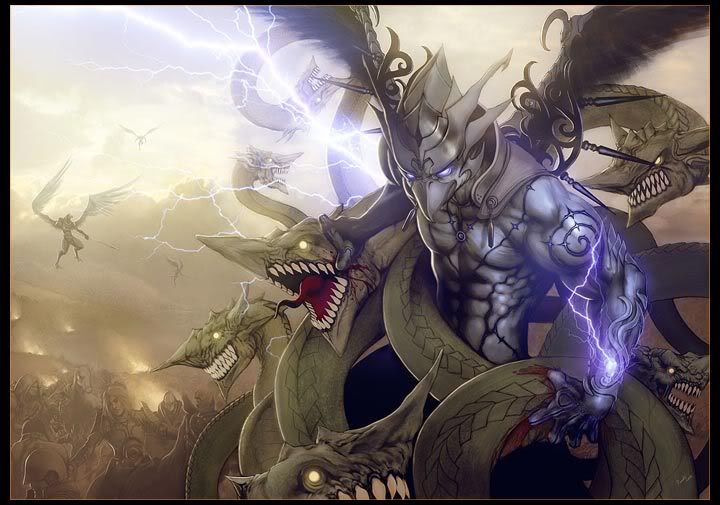
Wednesday, 11 September 2013
Wednesday, 4 September 2013
Songkran festival
Songkran festival
Songkran means “movement” or “changing” since according to Thai astrology, the sun will move into a new sign of the Zodiac on this day. Songkran is also called the “Water Festival”. Water is believed to flow and wash away all bad omens during this time. Thus, it is a time for cleaning; houses, villages, temples and spirit houses.
In the Thai tradition, the New Year begins early in the morning when faithful Thai Buddhists give alms to Buddhist monks. After that, they release caged animals, especially birds and fish. Elders and parents will be visited and respected by their children and grandchildren. The young pour scented water over their elder’s hands, they in return, wish them good health, happiness and prosperity. This tradition of paying respect, is called “Rod Nam Dam Hua”. April 14 is called “Family Day”.


Thai mythical creature
The King of Nagas


Naga is the sacred name of mythical serpent in Southeast Asian and Indian literature. In
Thailand, the figure has deeply impacted in aspects of Thai traditional arts, especially in
architecture and sculpture. The reference materials related to Naga are very scanty however
and it seems that they only concentrate on a few books written by the Thai and foreign
scholars.



Garuda and Naga




The Garuda
The Garuda is a large mythical bird or bird-like creature that appears in both Hindu and Buddhist mythology.
Garuda is the Hindu name for the constellation Aquila and the Brahminy kite and Phoenix are considered to be the contemporary representations of Garuda. Indonesia adopts a more stylistic approach to the Garuda's depiction as its national symbol, where it depicts a Javanese eagle (being much larger than a kite).

Garuda and Naga



Subscribe to:
Comments (Atom)